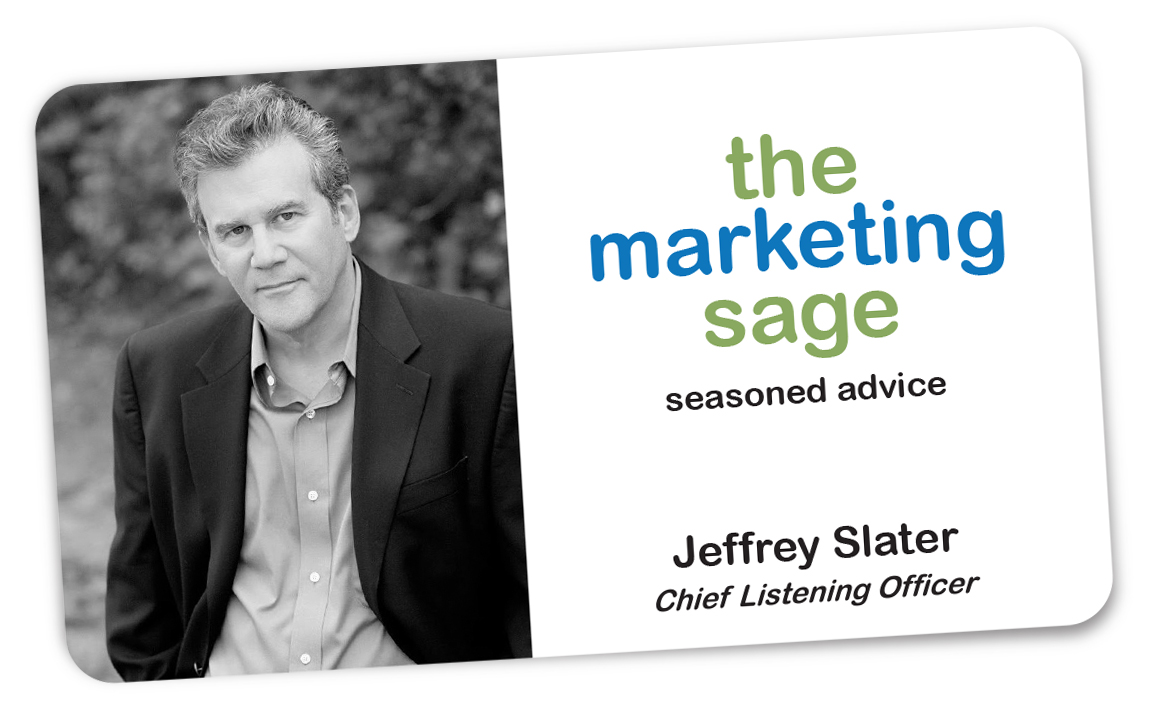A new client presented their organizational chart to me as part of my discovery process. They shared an org chart that was upside down. At this business, the leader served the team. She called it a servant leadership organization where her role wasn’t to lead but to support each team member in their role.
How can she help them achieve their goals, happiness, and fulfillment – with the result being good for the business. The idea of an upside-down org chart intrigued me. I had heard the term servant leadership, especially in the non-profit world.
I think I first heard this term from my friend Larry Shepherd who mentioned it to me when he worked at Rise Against Hunger. He learned this while in the Army.
But I didn’t know its origin or seen an inverted org chart to visually express the management concept.
The Servant Leader
While servant leadership is a timeless concept, the phrase “servant leadership” was coined by Robert K. Greenleaf in The Servant as Leader, an essay that he first published in 1970.
In that essay, Greenleaf said:
“The servant-leader is servant first. It begins with the natural feeling that one wants to serve, to serve first. Then conscious choice brings one to aspire to lead. That person is sharply different from one who is leader first, perhaps because of the need to assuage an unusual power drive or acquire material possessions. The leader-first and the servant-first are two extreme types. Between them, some shadings and blends are part of the infinite variety of human nature.
“The difference manifests itself in the care taken by the servant first to make sure that other people’s highest priority needs are being served. The best test, and difficult to administer, is: Do those served grow as persons? Do they, while being served, become healthier, wiser, freer, more autonomous, more likely themselves to become servants? And what is the effect on the least privileged in society? Will they benefit or at least not be further deprived? “
A servant-leader focuses primarily on the growth and well-being of people and the communities to which they belong. While traditional leadership generally involves the accumulation and exercise of power by one at the “top of the pyramid,” servant leadership is different. The servant-leader share power puts others’ needs first and helps people develop and perform as highly as possible.”
The 10 Principles of Servant Leadership
- Listening
- Empathy
- Healing
- Awareness
- Persuasion
- Conceptualization
- Foresight
- Commitment to the growth of people
- Building community
- Stewardship
Servant leadership is a leadership philosophy in which an individual interacts with others—either in a management or fellow employee capacity—to achieve authority rather than power. The authority figure intends to promote the well-being of those around him or her.
Leadership versus Servant Leadership
In most companies, my experience has been that people want to be led but not micromanaged. They want someone to help set a vision and encourage the team’s insights and ideas into that vision. The best leaders should inspire but also be in service to the people within the organization.
Some say the problem with servant leadership is that it may make employees less motivated, and they then produce more unsatisfactory results over time. Servant leaders are naturally inclined to step in and fix problems when they occur, and this may include finishing a task that an employee failed to complete. That sounds like micro-managing.
In Balance
An upside-down organizational chart visually shows the leadership’s support to the individuals. Yet sometimes, a leader needs to be at the front of the charge. Leaders need to make choices, set the direction, and commit to a plan.
The best leaders I know are human first – and leave the gimmicks behind. They are great listeners, empathetic, and provide guidance and direction. They collaborate but know when a decision is needed. They don’t manage by consensus but are inclusive.
No leader is perfect – but here is a profile of someone I worked for, Lars von Kantzow, who, in my view, got the balance of these two styles right.
And here is a profile of my friend Mike Schall, another leader who worked at Whole Foods Markets for a long-time and gets moral leadership right.
Simply put, the best leaders are respected by others because they can hold two ideas at once in their hands – the employees’ and the company’s best interests.
Instead of using an upside down org chart, great leaders know when to lead and when to serve. It flows naturally from their core values.
Want to discuss leadership issues?
I can help. You can set up a time to chat with me about your marketing challenges using my calendar. Email me jeffslater@themarketingsage.com Call me. 919 720 0995. The conversation is free, and we can explore if working together makes sense. Watch a short video about working with me.
Photo by Tommy van Kessel ? on Unsplash





